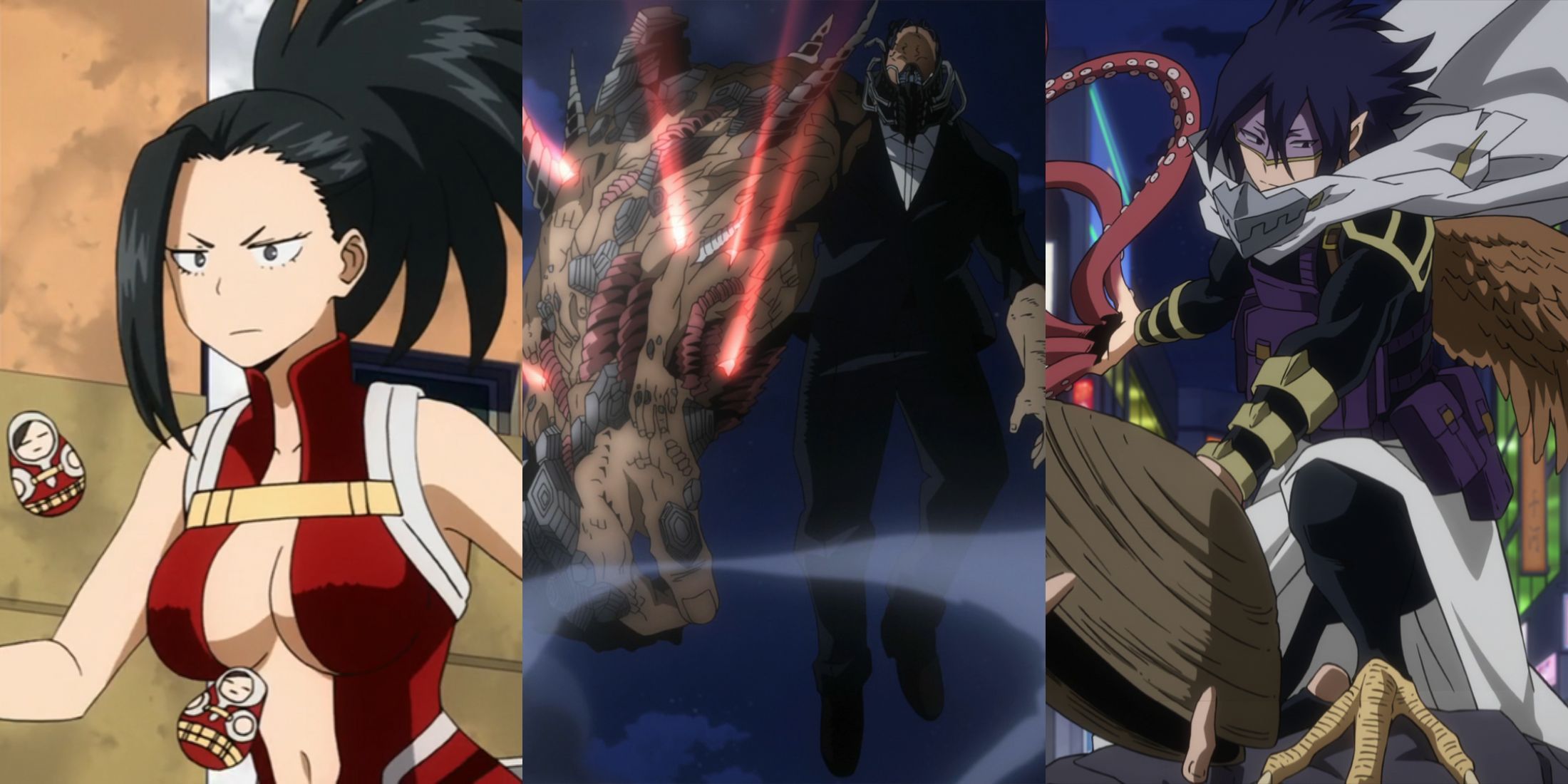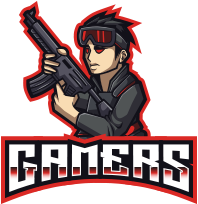Unlike previous video games set in the world of My Hero Academia, the action battle game My Hero Academia: All’s Justice features all twenty members of UA High’s Class 1-A as playable characters. The All’s Justice development team was thrilled to be able to include them all, as the roster features many fan-favorite and producer-favorite entries from the class of future heroes. However, there were a few who were quite difficult to implement due to the nature of their Quirks or their relative strength compared to villains and Pro Heroes also appearing in the game.
In a conversation with Game Rant, All’s Justice producer Aoba Miyazaki revealed via translator that she was thrilled to include the entirety of Class 1-A in the game. She had wanted to feature the entire class ever since she began working on the first game in the previous One’s Justice series, and now, she was able to make it a reality. “From the past series, my dream was to include all the 1-A students,” Miyazaki said with an enormous grin on her face. “It finally happened in this game.”

Related
8 Most Versatile Quirks In My Hero Academia, Ranked
Quirks vary in how useful they are in My Hero Academia, and these Quirks are known for being invaluable in nearly any situation.
Some Quirks And Power Levels Were Difficult To Portray
While including every 1-A student in the game was exciting, it was not without its difficulties. Some students had Quirks that were particularly tricky to implement, such as Toru Hagakure, who appears invisible most of the time due to her light refraction-based abilities. In addition, Hagakure was rarely shown fighting in the My Hero Academia anime or manga, making her fighting style difficult to adapt. However, Miyazaki and the team rose to the challenge and were satisfied with the results. Miyazaki explained:
“There weren’t a lot of scenes where [Hagakure] was fighting, but there were some. In this game, as players can actually control her, they will be able to experience the skills and Quirks she has and control and enjoy the maximum potential of her Quirk.”
Another character who posed a challenge to the team was Minoru Mineta, who is sometimes considered one of the weakest members of Class 1-A due to his low physical strength and “sticky ball”-based Quirk, which is primarily useful in niche situations. Miyazaki explained that it was challenging to make it realistic for Mineta to beat characters such as the primary villain Tomura Shigaraki. “In the anime, it would likely be impossible for Mineta to win against Shigaraki by himself, but in a game, the player is the one actually controlling him.”
However, the most difficult Quirk to implement was the dual power of Shoto Todoroki. By the Final War Arc, Todoroki has mastered Half-Cold Half-Hot and effectively uses both fire and ice in tandem when fighting the villain Dabi. “That’s one of the coolest parts of the anime itself, [but]…implementing that into the game was one of the most difficult parts,” said Miyazaki.
Despite The Difficulties, Including All 20 Was Worth It
However, ultimately, including the entirety of Class 1-A in All’s Justice was worth it. The students are extremely popular with fans, according to polls conducted by Weekly Shonen Jump magazine, and several fan favorites who were not playable in One’s Justice or its sequel get to make their debut here.
Miyazaki revealed that her personal favorite 1-A student, Hanta Sero, is one of those added in All’s Justice. “He’s the man who gets his job done,” she enthused. “I was really hoping to implement him in this game, and I’m very excited that I can finally do it.” With such a huge roster of characters, and more to be revealed in the future, it’s likely that Miyazaki is not the only one whose favorite will make their playable debut in My Hero Academia: One’s Justice.
#Triumphs #Challenges #Including #Class #InMy #Hero #Academia #Alls #Justice

